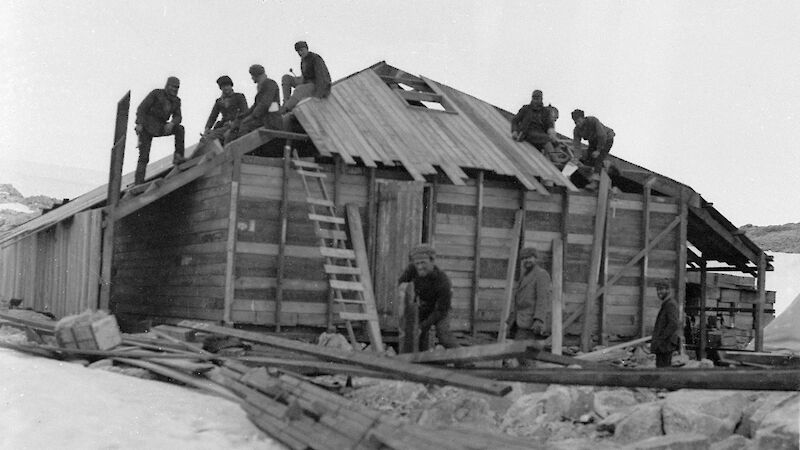An important piece of Australia’s heritage has a more secure future following the Federal Government’s decision to endorse a conservation management plan for Mawson’s huts at Cape Denison, Antarctica.
Located 2560km south of Hobart, the huts are on the site of Australia’s first scientific work in Antarctica.
In 1912 Sir Douglas Mawson and his Australasian Antarctic Expedition built the huts that were to be their base for the next two years in the world’s windiest spot. Mawson later used the site to proclaim sovereignty over what is now Australian Antarctic Territory.
The Parliamentary Secretary responsible for the Australian Antarctic Program, Dr Sharman Stone, said the management plan formed the Federal Government’s preferred approach to future conservation and management of the huts.
“The management plan shows us the way forward for the protection of a place of enormous significance to our Antarctic history and is an essential guide to future work at the site,” she said.
“The area is considered of such importance that it has been listed as a historic site under the Antarctic Treaty.”
Work under the plan is already under way. Materials conservator Dr Ian Godfrey travelled to the huts in January on behalf of the Australian Antarctic Division to assess repairs made last summer by the AAP Mawson’s Huts Foundation team and to install critical monitoring instruments. He returns to Hobart tomorrow on board the Sir Hubert Wilkins.
“In addition to making repairs, Dr Godfrey monitored corrosion, wood deterioration and the mould growth inside Mawson’s main hut and Magnetograph House,” Sharman Stone said.
“His hard work and the recent warm weather conditions have uncovered a slice of history, previously covered by ice. These include personal items, such as books, reindeer skin gloves, and even a kayak.”
“Such discoveries give us a fascinating insight into the character of the expedition and the personalities involved,” Sharman Stone said.
The conservation plan was prepared by the AAP Mawson’s Huts Foundation, in conjunction with the Australian Antarctic Division and the Australian Heritage Commission.
Dr Stone said that the partnership between government and private bodies represented a significant development in preserving Australia’s historic involvement in the Antarctic.
“In this case, distance and isolation has proved no barrier to restoring the site of Australian early exploration of the frozen continent,” Sharman Stone said.

